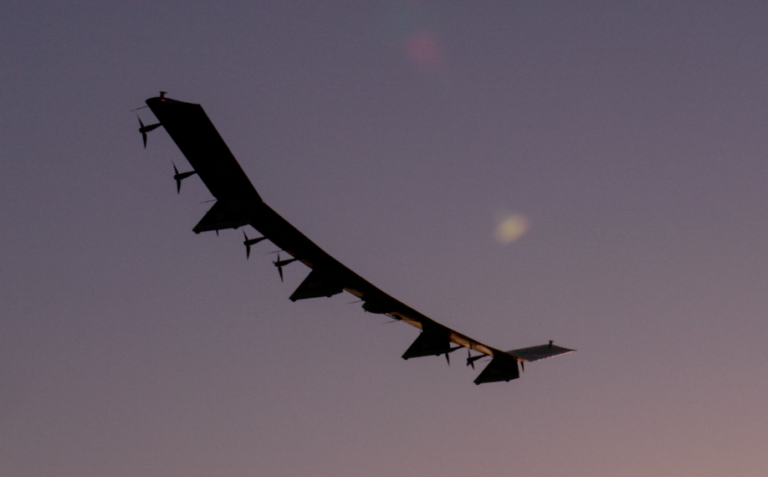Virginia, USA-based AeroVironment has flight-tested an upgraded version of its Sunglider high-altitude persistent drone called Horus A for military applications.
The solar-powered Horus A drone can carry up to 150 lbs (68kg) of payload with 1.5 kW of available power in the stratosphere.
Horus A is a type of drone also known as High-Altitude Platform-Station or High-Altitude Pseudo-Satellite (HAPS), developed mainly for spying and communications applications. Other examples of these stratospheric aircraft include the Airbus Zephyr, BAE Systems’ PHASA-35 (Persistent High-Altitude Solar Aircraft) and the Stratodynamics ApusDuo.
Horus A’s commercial version, Sunglider has a 78m (255ft) wingspan and has flown as high as 62,500ft covering areas of 124 miles (200 km) during flight tests. AeroVironment (AV) has not disclosed the duration of flights for Sunglider or Horus A.
Jeff Rodrian, senior vice president and general manager of MacCready Works at AV said, “During this recent Horus A flight we demonstrated the ability to carry multiple payloads for the US DoD and transmit real-time data, advancing the viability of HAPS for government applications.
“This flight marks another milestone in our stratospheric platform’s progress. It underscores our leadership in developing solar-powered, high-altitude systems with significant potential for commercial and government applications.”
Horus A has a modified design and different avionics to Sunglider said AV, and offers additional autonomy to increase mission flexibility, as well as multiple redundant systems for mission assurance. Improvements will flow back into Sunglider, which AV is developing in partnership with Japan’s SoftBank.
During the recent flight test campaign Horus A simultaneously operated a Synthetic Aperture Radar and Tactical Grade Mesh Network radio during the mission portion of the flight. Covering the majority of the flight test points, AV was able to validate multiple new and redundant systems, payload interoperability and performance enhancements.
The flight tests also demonstrated Horus A’s capability to effectively maneuver in adverse and turbulent weather, landing safely, ready to return to the stratosphere for future longer-duration missions.
Horus A’s has satellite-based beyond-line-of-sight radio and avionics to provide resilient communications and network extensions, Assured Positioning, Navigation and Timing (APNT), Space Domain Awareness, long-endurance ISR, and deep sensing.
These capabilities will also enable it to launch swarms of smaller drones such as AV’s Switchblade 600 loitering munitions system.
Horus A received airworthiness approval from the US Army and an FAA Special Airworthiness Certificate to allow flight testing in the USA’s national airspace.





